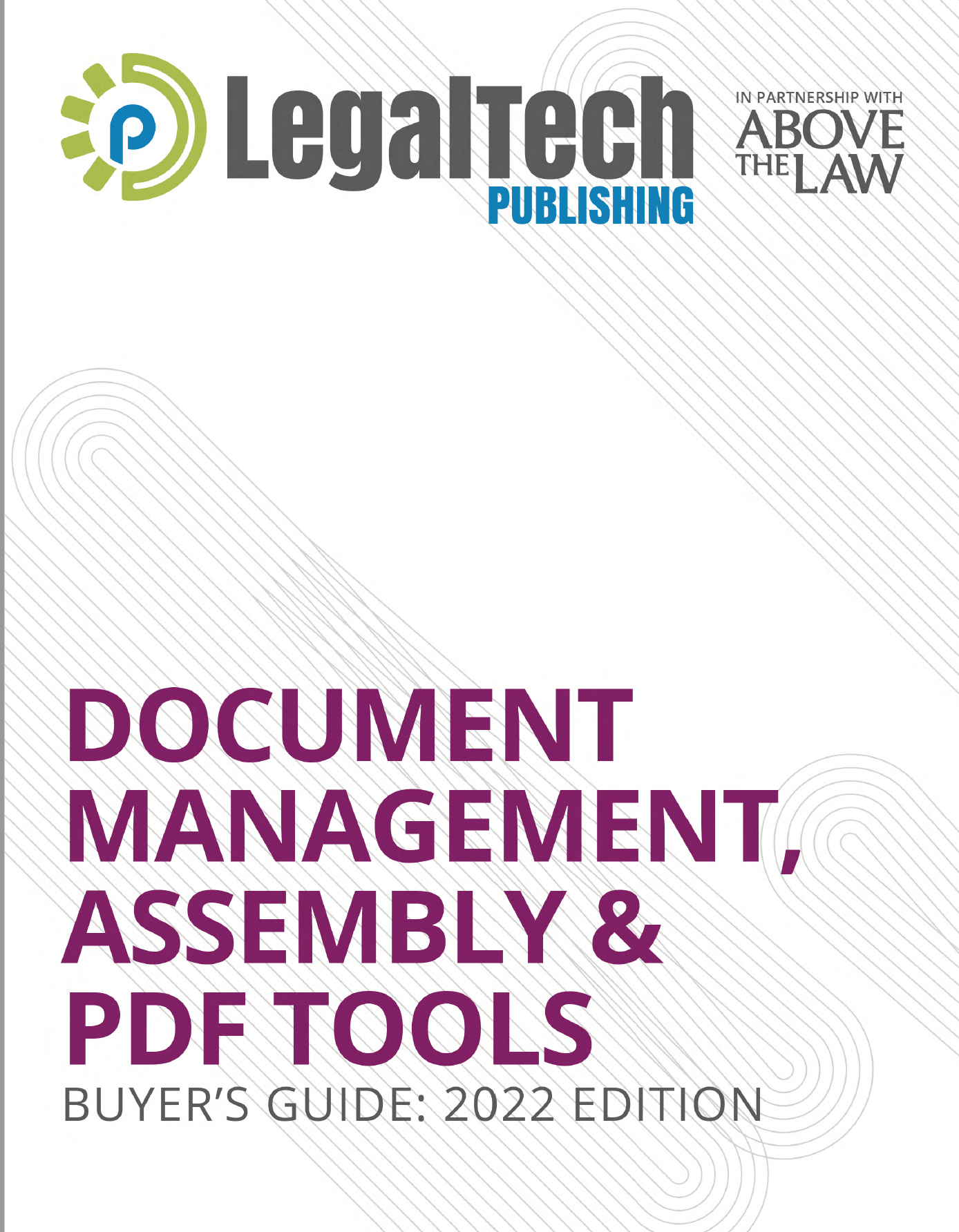
5 Documentation Mistakes and How to Avoid Them
When you’re a lawyer, there’s little room for mistakes, especially in documentation. Typos carry a lot of weight and can inadvertently hurt a client’s case. They can also be damaging if they result in filing inaccurate information or if they cause so much confusion, the court starts missing deadlines. At the very least, blunders look unprofessional and reduce your credibility. However, humans aren’t perfect, and it’s easy to make mistakes between late nights and the pressure of tight deadlines. By understanding the most common documentation errors, you’ll reduce your chance of making them.
- Overlooking typographical errors: When you’re moving fast, you might leave typos throughout your document. The key is to catch them in the editing process. Use Spell Check and take the time to proofread your writing. If you don’t, you’ll look sloppy and careless. Worse than that, the court can reject the documents and require you to fix the errors, which ultimately costs more time and money than proofreading in the first place.
- Failing to notice and correct grammatical mistakes: Using proper grammar and punctuation is critical to ensuring clarity and being able to understand a sentence correctly. For instance, “Let’s eat Grandpa” has an entirely different meaning than “Let’s eat, Grandpa.” One comma makes the difference between an invitation to have a meal and a humorous (and slightly concerning) suggestion. Failure to revise incorrect grammar, spelling, and citation errors can lead to the court or opposing counsel rendering your documents “unintelligible”, the court ordering you to take legal writing courses, and/or the court suspending your license. The solution? Read your documents before submitting them and use grammar-editing tools – like Grammarly– if applicable.
- Making data entry mistakes as a result of reusing templates: When you recycle templates from previous cases, you risk leaving in outdated information and unrelated case law. Take notice of important details like case numbers and names as you create documents. Your clients would not be very impressed to review documents with someone else’s name on them, and the court would not take kindly to vagueness caused by inaccurate data.
- Letting improper formatting stand: A cardinal sin in the profession of law is presenting sloppy documents. Pay attention to source formatting to ensure text and pleading line numbers align and to prevent documents from appearing jumbled. A blog by Infoware expands on the requirements by saying, “… legal pleading usually consists of 28 lines, and every line of text should correspond with each line number (i.e. you should not have text in lines 1.5, 2.5, etc.).” Another element to keep in mind is margins. Double-check that your margins are correct before submitting your documents. Other formatting details to assess include number lists, the use of definitions, and cross-referencing links. Review the rules of the court for the jurisdiction you’re filing in to confirm formatting requirements.
- Expecting Find/Replace to be perfect on its own: Find and Replace tools work if the user’s part of the equation is flawless. The problem is humans make mistakes, which means Find/Replace functions can be prone to errors. When you’re finding and replacing text, make sure you’ve selected the right content. (The Replace action only works on selected text.) Other tips include checking for correct spelling in the “Find What” and “Replace With” fields and selecting any appropriate search modifiers (Match Case and/or Whole Word).
As a lawyer, you wear multiple hats, but necessary to your work is generating documents as you balance pressing clients and deadlines. Creating accurate and consistent documents reduces ambiguity in the courtroom and boosts your reputation. See how document automation prevents all of these errors and gives you one less thing to think about.

2022 Legal Document Management and Assembly Buyers Guide
Better understand the benefits of document automation for your law firm with your free copy of LegalTech’s Document Management and Assembly Buyers Guide.